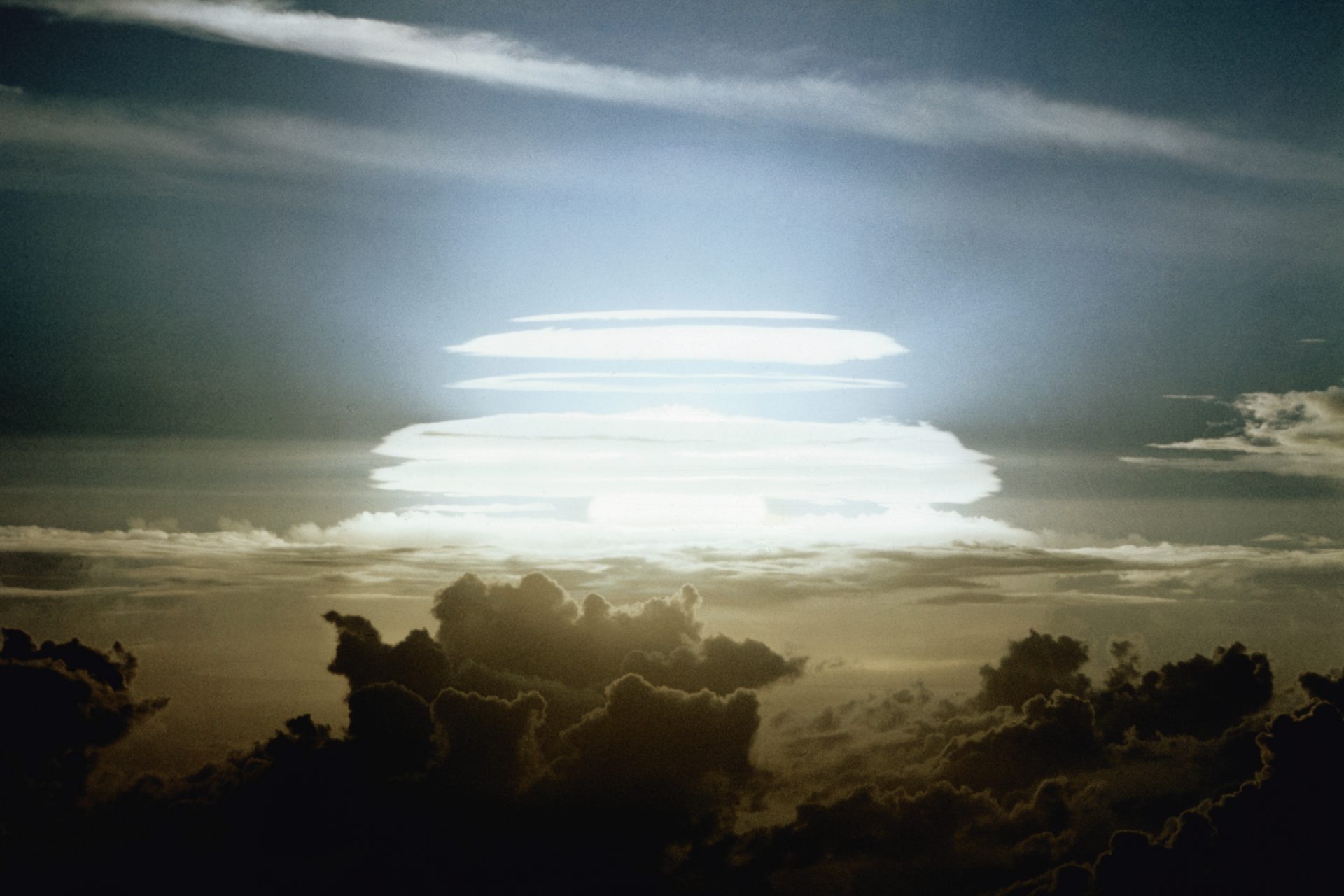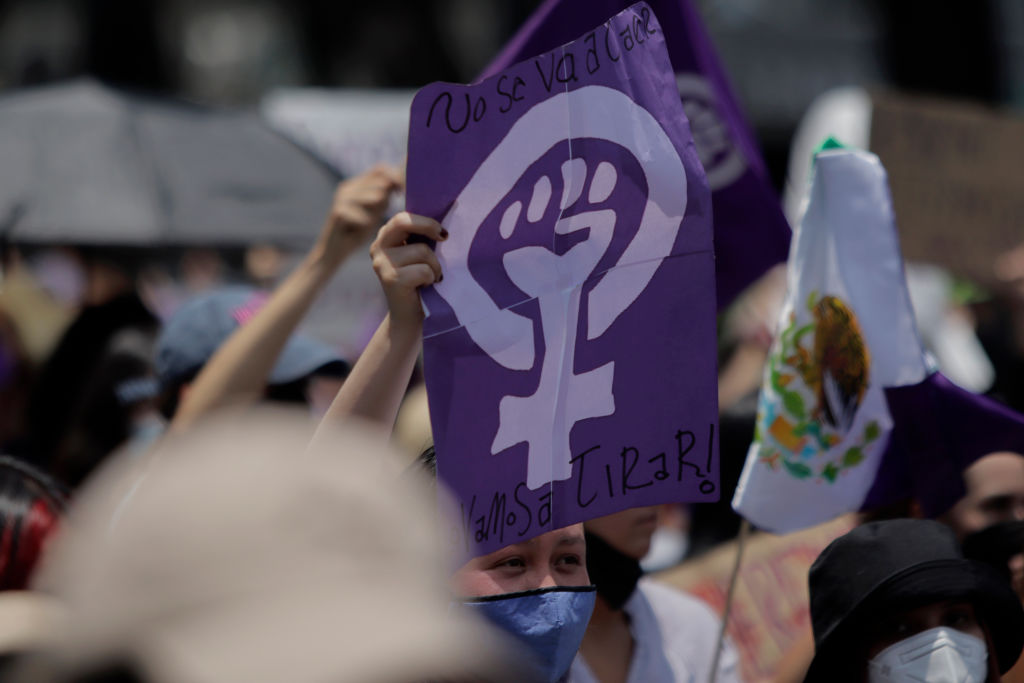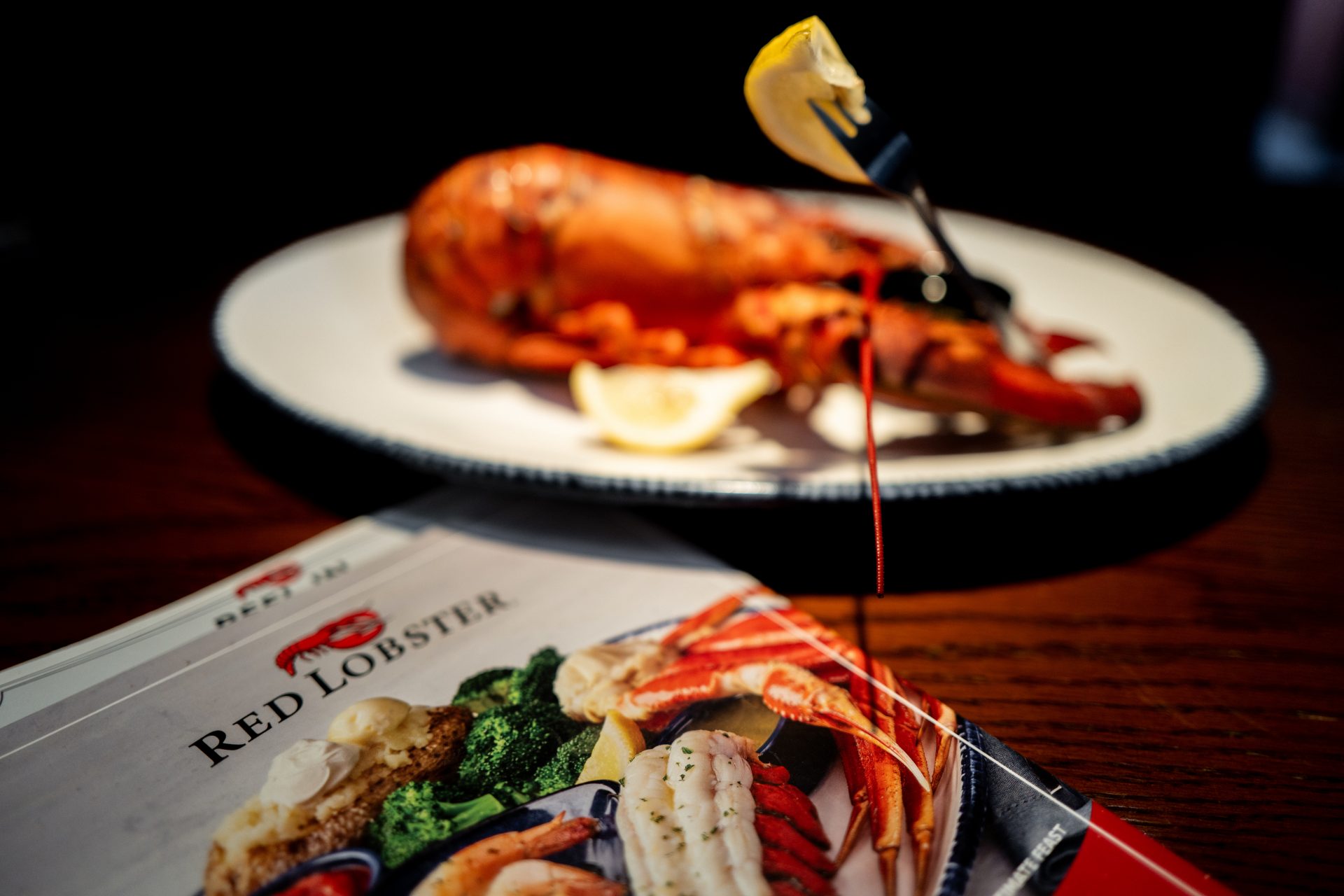Photos: Lava from the erupting Spanish volcano reaches the sea
For 10 days, the lava from the Cumbre Vieja volcano has been traveling over the island of La Palma in the Canary Islands archipelago.
At 400 metres per hour, it slowly moved towards the sea. Now, the lava has arrived, making contact with the water in a spectacular clash.
Since the eruption of the volcano, thousands of people have seen their homes and livelihoods disappear from the map.
The arrival of lava in the Atlantic Ocean was awaited with tension by volcanologists. It happened in the middle of the night on the 29th of September. Throughout the following morning, scientists, local authorities and media have followed the effect of the lava on the sea.
The long-awaited clash ended up happening in an area of cliffs on the coast of Tazacorte, at a height of about 100 metres.
Slowly and continuously, the lava fell into the sea. The thermal shock of the different temperatures produced a cloud of water vapor.
Authorities in La Palma warned citizens about these clouds of vapor, as they can be harmful to the eyes, lungs and skin.
They recommend that residents stay more than 3.5 km away from the cliff area of Tazacorte, to avoid direct contact with the steam.
Furthermore, once a lava river comes into contact with the ocean, there is a risk of explosions.
Authorities banned navigation in a wide area. The effect of lava at sea is not yet clear and could pose a danger to boats.
According to the Spanish Institute of Oceanography, the lava formed a pyramid 50 metres high before it fell into the sea.
All this happened less than an hour, which leads to the conclusion that the stream will continue to increase in the coming days.
After stopping for a few hours on Monday, the volcano returned to the expulsion of lava with much force. According to the National Geographic Institute, it may be feeding off a deeper lava pool.
The area of Tazacorte had already been evacuated before the lava hit the water, as there were many journalists waiting for the remarkable natural phenomenon to take place.
The steam columns formed by the clash of lava of more than 1,000ºC with water of 20ºC are loaded with hydrochloric acid and tiny particles of volcanic glass.
Several agencies are studying the impact that lava in the sea can have on marine fauna. As Eugenio Fraile, a researcher at the Spanish Institute of Oceanography, explained to the newspaper El País, "the most affected will be organisms that live trapped in the seabed. They will probably die."
Experts do say, however, that marine fauna will recover relatively quickly from the clash. They point at the situation around the island of El Hierro, also in the Canary Islands. After the eruption of its volcano, it took only three years for the marine fauna to reappear.
The eruption of the Cumbre Vieja volcano, which started on Sunday September 19, has changed the lives of thousands of residents on the Spanish island of La Palma.
The locals and tourists closest to the volcano had to evacuate within hours.
They had to leave most of their belongings behind.
The houses that stood in the direct route of the lava streams were pushed over by walls of volcanic mass that could be as high as 9 metres.
As the streams advanced, the height of the lava wall increased. By the time it reached the shore, it was about 50 metres high, according to experts.
Others have been covered by the ash that the volcano continues to release, along with the lava.
Across the island, citizens are worried about their livelihoods. La Palma makes money through the cultivation of bananas (some plantations standing directly in the way of the lava stream) and tourism.
Those who had to leave their homes, were received in sports halls or other communal buildings outside the reach of the volcano.
The national government has declared La Palma a catastrophic zone, allowing it to allocate 10.5 million euros for the purchase of houses and essential goods to the residents affected.
The Special Plan of La Palma, approved by the Council of Ministers, includes aid for the reconstruction and rental of houses, farms and livestock, aquaculture facilities, promotion of tourism and tax benefits for those affected.
More for you
Top Stories







































